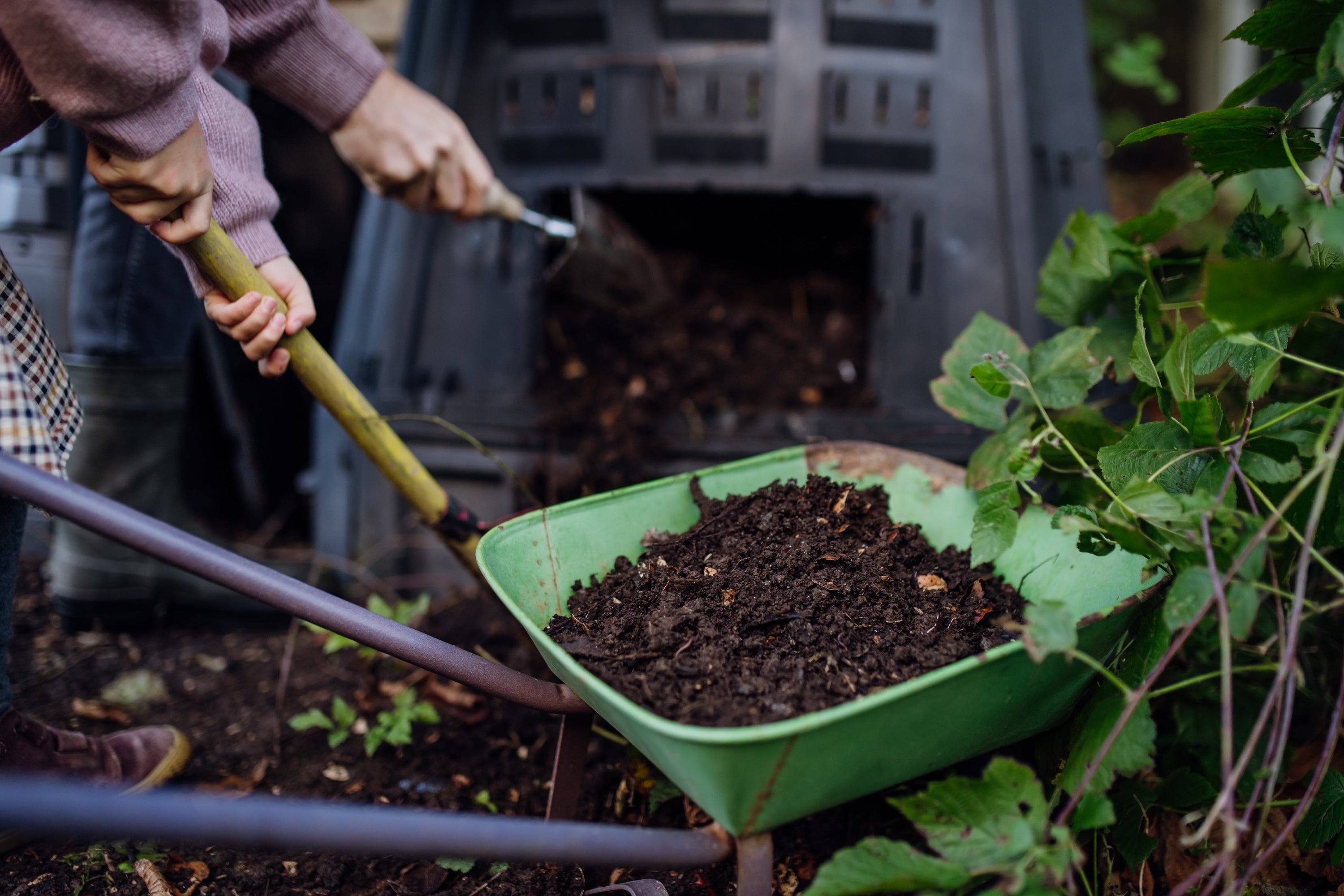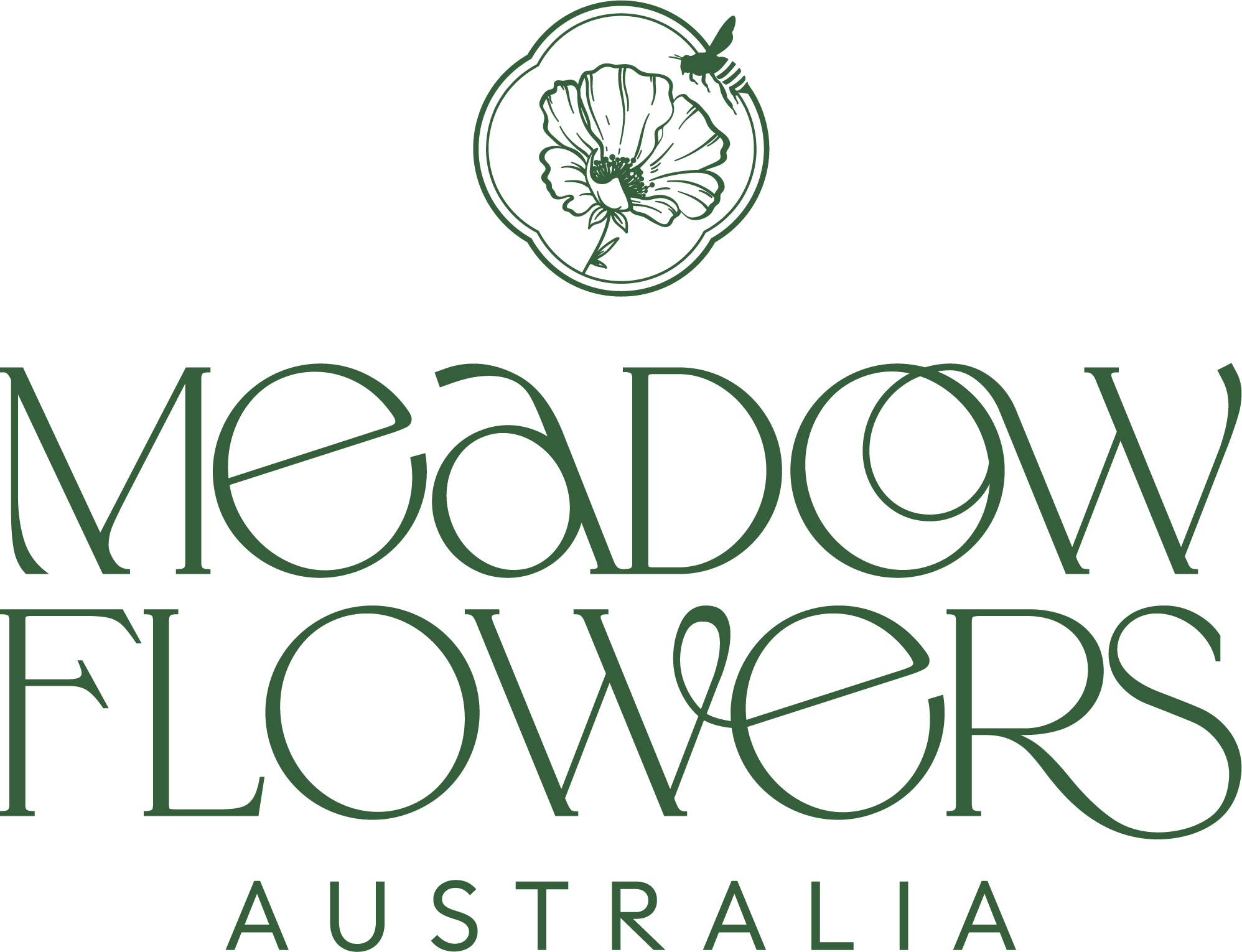
Home Composting Tips to Improve Soil and Support Wildflowers
Whether you're growing wildflowers in a single pot or sowing a full backyard meadow, the foundation for success is always the same: healthy, living soil. Composting at home is one of the most effective ways to improve soil naturally, support seed germination, and grow stronger, more resilient wildflowers.
Why Composting Matters for Soil and Wildflower Growth
Composting is the natural process of breaking down organic materials such as vegetable scraps, dry leaves, and garden waste into humus, a dark and crumbly soil conditioner. When added to soil, compost improves its structure, enhances moisture retention, encourages beneficial microorganisms, and increases nutrient availability.
For wildflower gardeners, this translates to:
- Improved seed germination rates
- Better root development
- Increased bloom density and longevity
- Enhanced resistance to drought and poor soil conditions
Compost supports the living network beneath the surface of microbes, fungi, and earthworms, which wildflowers rely on to grow strong and healthy. Adding compost can dramatically improve performance in poor, sandy, or compacted soils.
What You Can Compost: Acceptable Materials
Creating nutrient-rich compost starts with the right ingredients. Home composting systems thrive when a balance is maintained between nitrogen-rich "greens" and carbon-rich "browns".
Green materials (high in nitrogen):
- Vegetable and fruit scraps
- Coffee grounds and filters
- Tea leaves and compostable tea bags
- Fresh grass clippings
- Plant-based kitchen waste
Brown materials (high in carbon):
- Dry leaves
- Shredded non-glossy paper
- Cardboard and egg cartons (non-coated)
- Small branches or twigs
- Straw or hay
Maintaining a ratio of approximately 1 part green to 2–3 parts brown helps ensure an efficient composting process without unpleasant odours.
What Not to Compost at Home
Certain materials disrupt the composting process or attract pests. Avoid adding:
- Meat, bones, or dairy products
- Oily or greasy food scraps
- Glossy or coated paper and magazines
- Pet waste
- Diseased plants or weeds with seeds
These items either break down too slowly, introduce pathogens, or create unpleasant smells that attract rodents and insects.
Composting Options for Small and Large Spaces
Whether you have a large garden or a small balcony, there’s a composting system to suit your space:
Outdoor compost bin or pile:
Suitable for backyards and larger spaces. Allows for continuous addition of materials and passive aeration.
Compost tumbler:
Ideal for those who want a faster decomposition process. Regular turning speeds up breakdown and helps prevent smells or pests.
Worm farm (vermicomposting):
Excellent for courtyards, schools, or family homes. Worms process food scraps into castings, which are an exceptionally rich compost material.
Bokashi system:
Compact and suitable for indoor use. Ferments food scraps quickly using beneficial microbes. Contents can later be buried or added to outdoor compost.
Each method requires basic inputs (greens, browns, moisture, and air) but varies in speed, space requirements, and user involvement.
Common Compost Problems and How to Fix Them
Home composting is generally low maintenance, but a few issues can arise:
Problem: Bad smell
Cause: Too many greens or poor aeration
Solution: Add dry browns and turn the pile to introduce oxygen
Problem: Compost is too dry and slow to break down
Cause: Lack of moisture or too many browns
Solution: Lightly water the pile and add more green material
Problem: Flies or pests
Cause: Food scraps are exposed or unsuitable items added
Solution: Bury kitchen waste beneath a layer of browns and avoid adding meat, dairy, or cooked food
Monitoring these basic conditions keeps the composting process balanced and effective.
A Simple Home Compost Recipe
A balanced compost pile follows a few key principles:
- 1 part green material (e.g. kitchen scraps, coffee grounds)
- 2–3 parts brown material (e.g. dry leaves, shredded cardboard)
- Keep it moist (like a wrung-out sponge)
- Turn weekly to keep air flowing and accelerate decomposition
In warm weather, finished compost may be ready in as little as 6–10 weeks. In cooler climates or passive systems, it may take 3–6 months.
Store finished compost in a dry, covered container or use it immediately to improve soil health before planting.
The Long-Term Benefits of Healthy Soil
Healthy soil is the foundation of every successful wildflower patch. It supports not just plant life but a whole underground ecosystem that helps regulate moisture, suppress disease, and recycle nutrients.
Key benefits of compost-enriched soil:
- Improved drainage and water retention
- Stronger, deeper root systems
- Reduced reliance on synthetic fertilisers
- Enhanced microbial and fungal activity
- Long-term soil fertility
For gardeners looking to create a long-lasting wildflower meadow or even a seasonal floral display, improving soil with compost is a natural, sustainable step that pays off in healthier, more resilient blooms.

